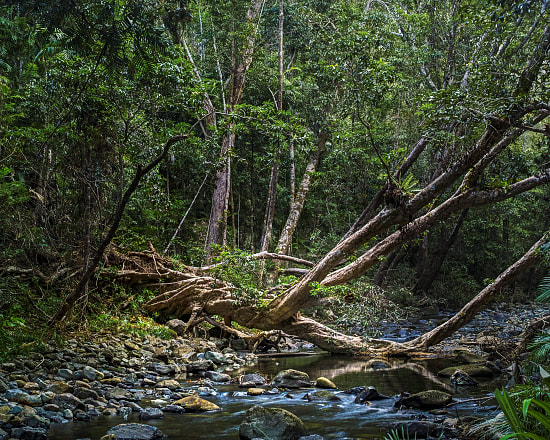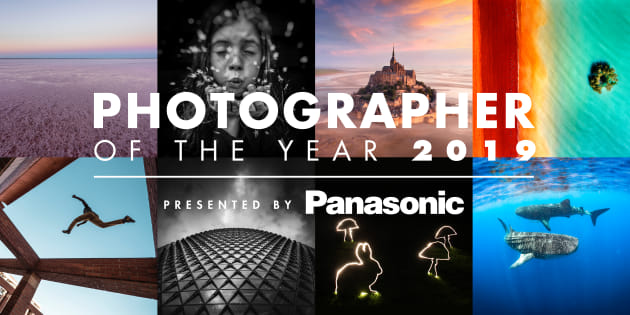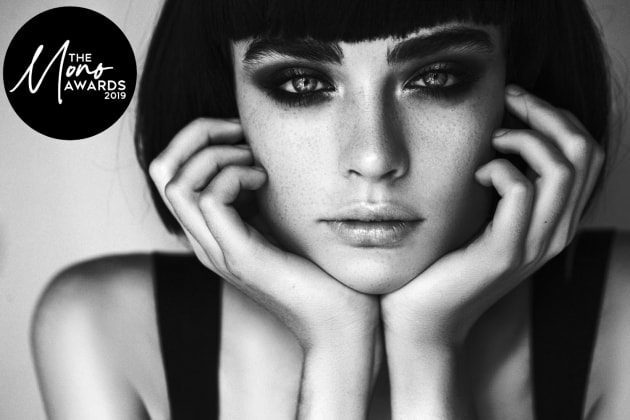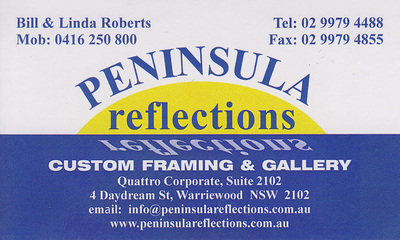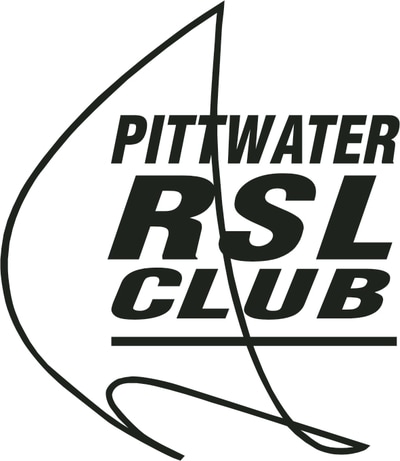-
This year's Newsletters
- August 22 2021
- July 18 2021
- June 27 2021
- May 30 2021
- May 18 2021
- May 02 2021
- April 18 2021
- April 5 2021
- March 21 2021
- March 9 2021
- February 20 2021
- January 24 2021
- November 15 2020
- October 18 2020
- August 22 2020
- August 1 2020
- July 19 2020
- June 27 2020
- June 13 2020
- May 31 2020
- May 17 2020
- May 3 2020
- April 19 2020
- April 05 2020
- March 22 2020
- March 08 2020
- February 23 2020
- February 09 2020
- January 27 2020
- December 15 2019
- December 1 2019
- November 17 2019
- November 3 2019
- October 20 2019
- October 7 2019
- September 15 2019
- September 1 2019
- August 18 2019
- June 13 2019
- June 2 2019
- May 20 2019
- May 5 2019
- April 21 2019
- April 7 2019
- March 24 2019
- March 10 2019
- February 23 2019
- February 10 2019
- January 27 2019
- January 13 2019
- December 16 2018
- November 25 2018
- November 11 2018
- October 28 2018
- October 14 2018
- September 30 2018
- September 16 2018
- July 7 2018
- June 23 2018
- June 10 2018
- May 26 2018
- May 13 2018
- April 29 2018
- April 15 2018
- April 2 2018
- March 18 2018
- March 4 2018
- February 18 2018
- February 4 2018
- January 21 2018
- Notices
-
Archives
- 2017 >
- November 15
- October 31
- October 17
- October 3
- September 19
- September 5
- August 22
- May 23
- May 9
- April 26
- April 11
- March 28
- March 14
- February 29
- February 15
- February 1
- January 18
-
2015 & 2014
>
- December 7
- November 30
- November 3
- October 20
- March 11
- October 7
- September 2
- August 04
- July 7
- June 24
- May 20
- May 4
- April 7
- March 10
- February 24
- February 9
- January 27
- January 13
- 2014
- December 1
- November 17
- November 3
- October 20
- October 6
- September 1
- August 18
- August 4
- July 21
- July 7
- June 23
- June 2
- May 19
- March 24
- August 22
- February 23
- February 10
- January 27
- January 13
- 2013 >
- Pittwater Camera Club Website
Click here for Pittwater Camera Club website
|
If you have any items of interest that you would like to share with your fellow members please email Bill at [email protected].
